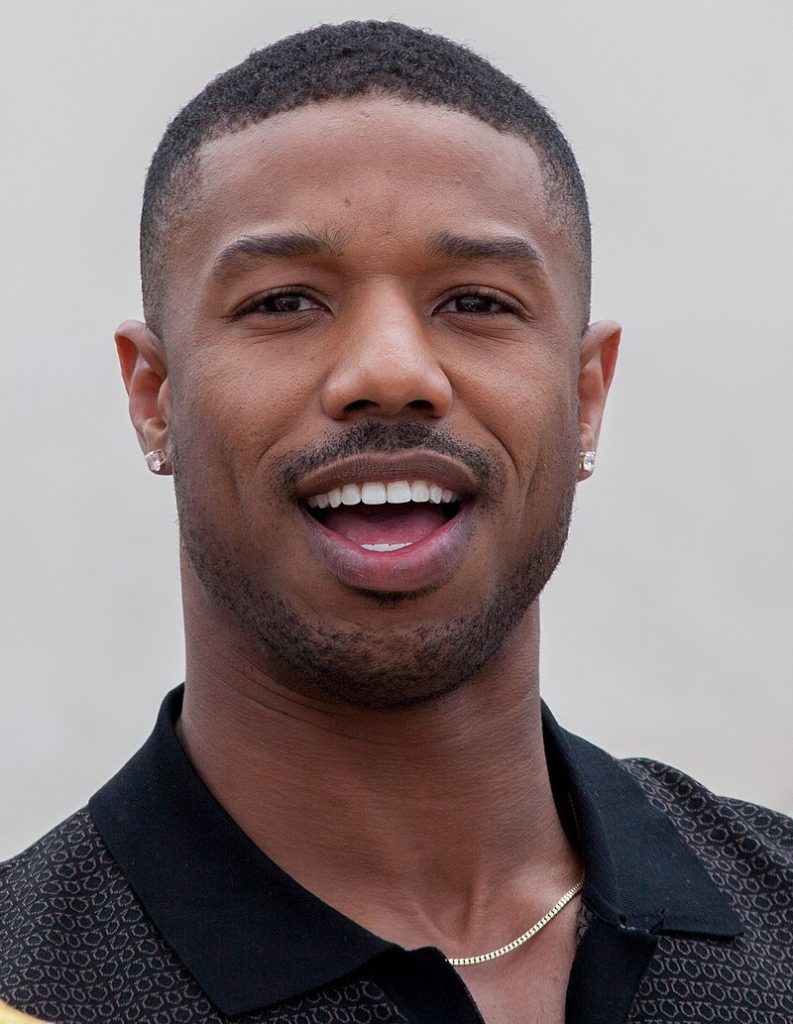
Ever looked at a villain so larger than life that you couldn’t help but see the actor without makeup? That eerie chemistry is not always brilliant acting more often, it results from wacky, sometimes thrilling immersion in a character’s crazy head. For TV and film enthusiasts, such performances are engaging because they overlap fiction and fact, altered beyond all recognition by the time the series concluded.
Behind each spine-chilling performance is a combination of technique, psychology, and emotional endurance. Some employ assiduous research, others plunge into extreme physical transformation, and some even grapple with lingering traits of their characters in life. Those stories reveal the hidden cost and brilliance of playing the bad man, and why some performances remain etched in our memory for decades.

1. Heath Ledger’s All-Consuming Descent Into The Joker
Heath Ledger’s posthumous, Oscar-winning performance as the Joker in The Dark Knight is the stuff of legend, but the journey there was as arduous as the performance itself. Ledger isolated himself for six weeks in a hotel suite, maintaining a diary that was filled with dark aphorisms, creepy photographs, and musings on the twisted psychology of the character. Ledger experimented with various laughs and voices, referring to the laugh as a “living organism” and a “crazy thing” that needed to be unpredictable and mad.
This immersion wasn’t cheap. Ledger freely spoke about insomnia “Last week I probably slept an average of two hours a night I couldn’t stop thinking” and friends saw him fading away. Most attribute this immersion with putting him under pressure, meaning the way fully immersing oneself in a bad guy can tire you out.
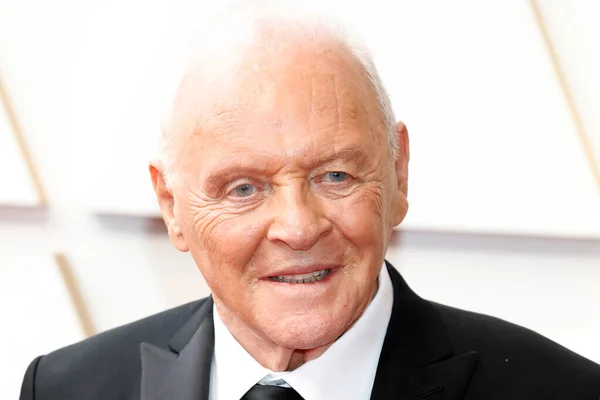
2. Anthony Hopkins’ Authenticity as Hannibal Lecter
Anthony Hopkins’s acting in The Silence of the Lambs was so frightening that individuals are unable even to glance at him now without imagining Hannibal’s cold-eyed gaze. Although his screen time is a mere sixteen minutes, Hopkins won an Oscar, which means it does not take long to scare individuals.
Hopkins’ performance was mind-based, not theatrics Lecter’s menace was his ability to warp minds and be restrained physically. In reviews of film history, his calculated pace and cold-bloodedness gave a villain who was no less engrossing than he was terrifying.
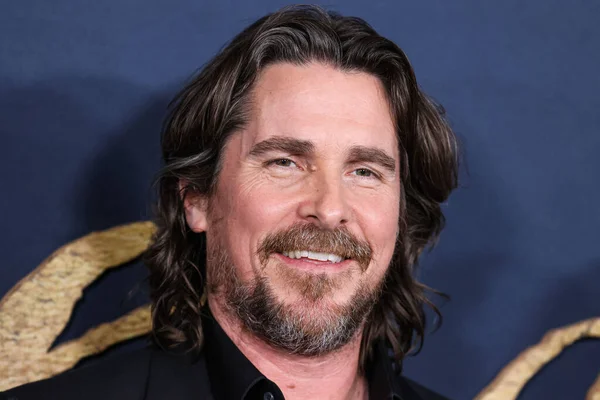
3. Christian Bale’s Psychological Depth in American Psycho
Christian Bale’s Patrick Bateman in American Psycho is a tour de force in manufacturing charm as a performance construct for anarchy. Bale was so fully immersed in Bateman’s narcissistic, revenge-bent personality that it was hard to distinguish actor and character from audiences.
His commitment to realism also involved remaining off-screen, as well as in character, and maintaining Bateman’s urbane mannerisms and horrific ferocity. Bale has spoken of the psychic focus involved in remaining this duplicitous, backing up research on actor well-being which warns against the psychic harm when self/character boundaries are crossed.
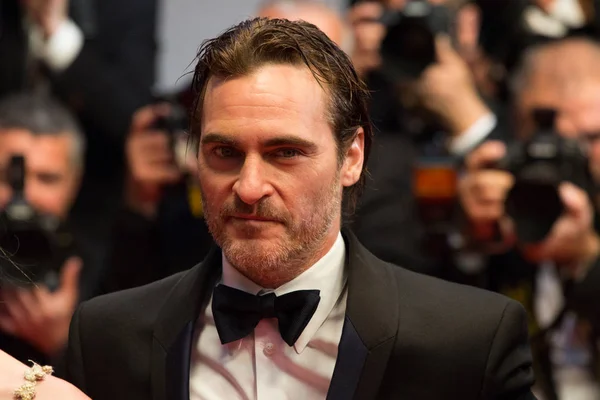
4. Joaquin Phoenix’s Ruthless Commodus
In Gladiator, Joaquin Phoenix nailed Commodus with bone-jarringly skilled ease cunning, insecure, and dangerously mercurial. His mastery at entering the character in such a way that the viewer could despise the character on a gut level, where one audience member counted, “I wanted him dead so badly.”
Phoenix’s acting struck the weakness of the villain, and his savagery became the more tempting. This is reinforced in acting tips from acting instructor Douglas Taurel, who instructs that the key to discovering the humanity of a character-even one so despicable as this-is to make the character believable and interesting.
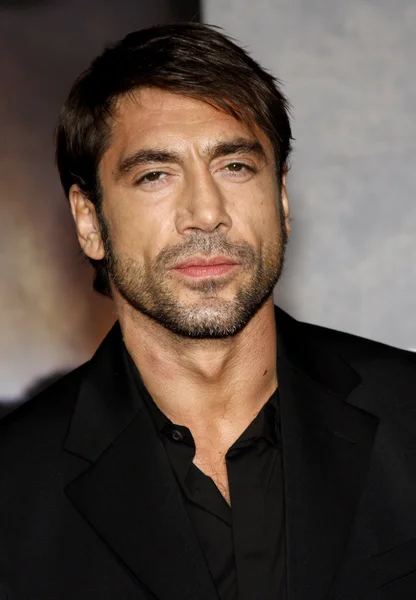
5. Javier Bardem’s Inhuman Anton Chigurh
Javier Bardem’s Anton Chigurh in No Country for Old Men is often cited as being one of the most iconic villains to appear on screen. Bardem’s Oscar-winning turn brought a killing machine with no humanity onto the big screen, and even his haircut made him look intimidating.
As seen in critical reviews, the chilling, calculating calm of Bardem rendered Chigurh menacing without appearing showmanship. The effect was to create a villain so realistic that individuals would expect him to walk around with a coin in real life, prepared to decide destinies.
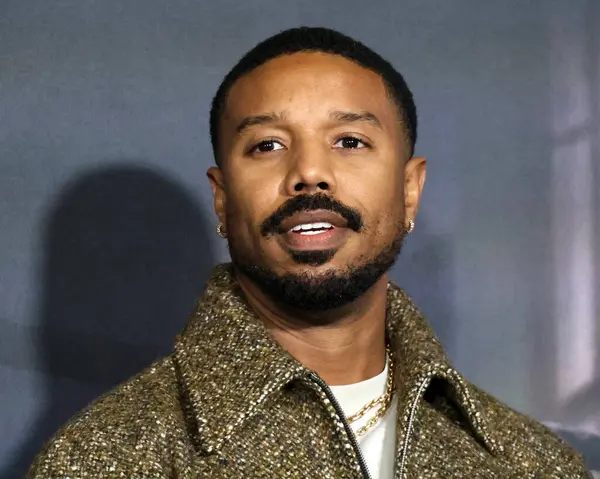
6. Michael B. Jordan’s Emotional Weight as Killmonger
Michael B. Jordan approached Black Panther‘s Erik Killmonger with empathy for the pain of the character tragedy, injustice, and rage. To become so emotionally invested, he cut himself off from friends and family, studied histories of oppressions, and immersed himself in the venom of bitterness.
Jordan surrendered, “To be in that head space for months at a stretch it wore me down.” Once filming had concluded, he was depressed and turned to therapy to free himself from the emotional hold of the character, something experts in mental health recommend actors who portray intense roles.

7. Mads Mikkelsen’s Elegant Menace in Hannibal
On television’s Hannibal, Mads Mikkelsen fleshed out the urbane cannibal with his suave menace. His rapidity in turning from beneficial aid to peril in a blink gave audiences psychological whiplash.
His work is the perfect case study of the ‘duality in the actor’ explained in actor psychology research conscious of self but completely absorbed within the guise of a character. That equilibrium kept the performance under control but deeply unsettling.

8. Iwan Rheon’s SADISTIC Ramsay Bolton
Not many TV villains have their fall contribute to universal relief as Game of Thrones’ Ramsay Bolton. Iwan Rheon’s sadistically charming and sadistic portrayal was that good that no one was able to imagine anyone else as the character.
His acting was summoning a vocabulary of traits which made Ramsay himself very disquieting cold calculation, sadism, and cruel enjoyment of other people’s suffering. It is a chilling reminder of how an actor’s technique can generate illusory evil in forms which yet somehow remain appallingly realistic.
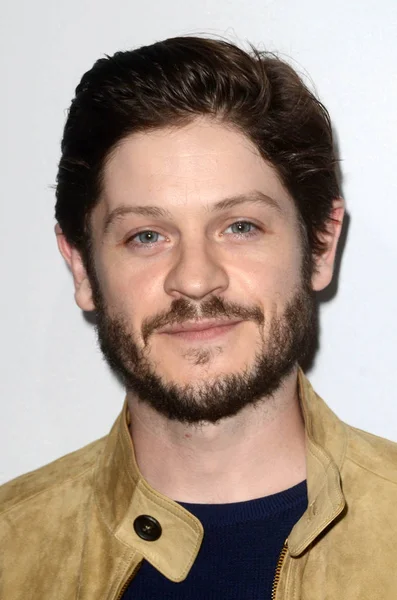
All these performances serve as a reminder that screen villainy is unlikely to be an issue of an actor being prepared to go into some very unpleasant emotional places. With fevered pursuit, body mutation, or mind penetration, the work finds its art and filth. For audiences, the pay-off is unerasable for actors, it’s something which can linger long after the final shot. The character and self-line is thin but on that thin line are constructed movies.


